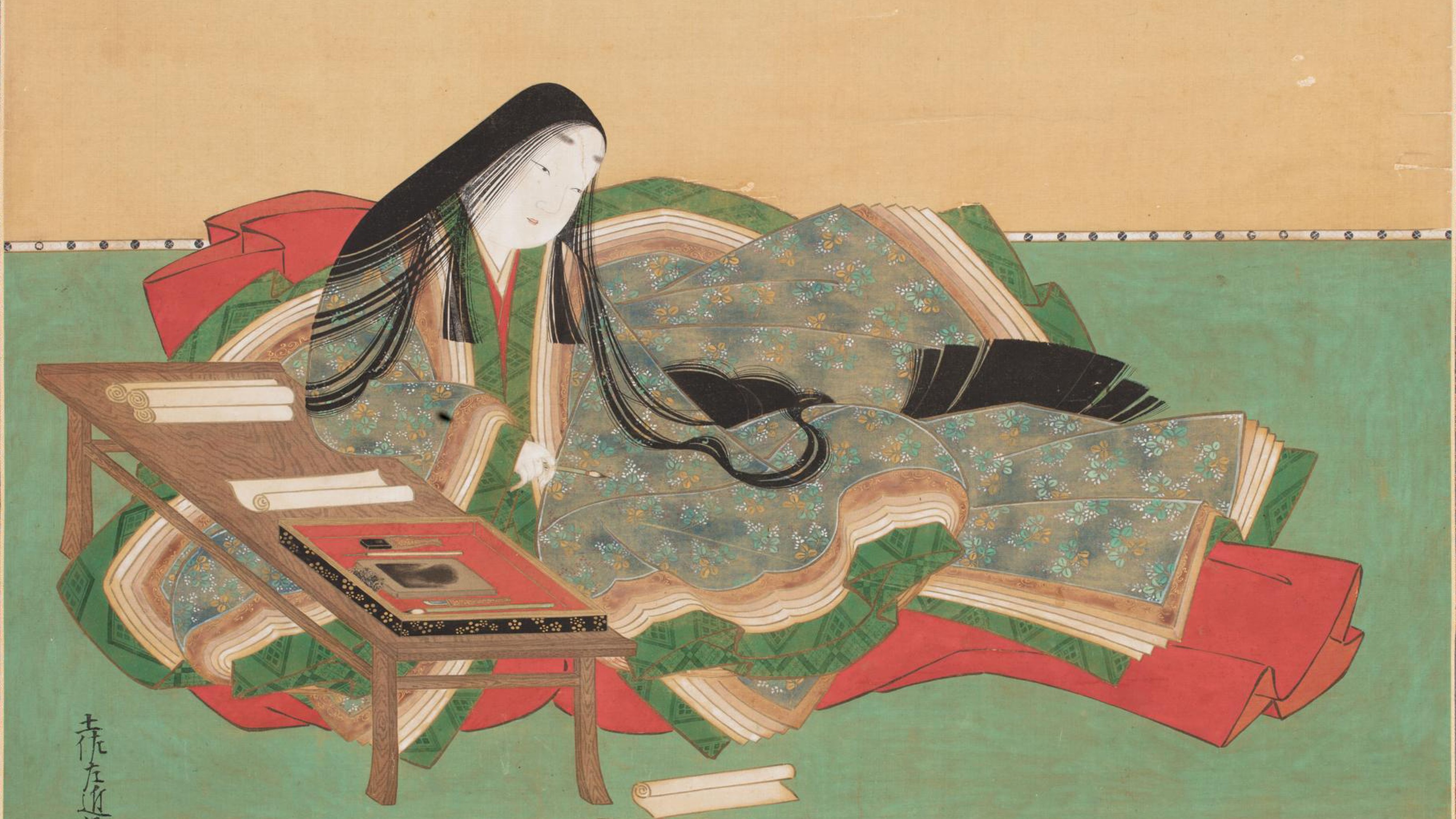From Daisy weeping into Gatsby’s shirts to Tom Hanks chatting with Wilson the volleyball, stories are as much about things as people.
Question: What are some notable examples of object fixations in literature?
Bill Brown: Well, I think there are lots of objects in lots of literary text, right? And I think that one of the reasons why thing theory or object studies, or whatever caption device one might want to use, has taken off in the world of literary history, and it has, and people working in the 18th century and the 19th century, certainly people working in Renaissance studies, as well as the 20th century, it's because for so long, people just didn't look at the objects, and if one can put it that way. You know, the objects all are background. You think about the subject, you think about psychology, you might be thinking about the language of the text, but the environment is pretty much merely the environment.
And Roland Barthes wrote a very famous essay called The Reality Effect, in which his claim is that all the detail, in especially say, Balzac's fiction, is there just to convince us that it's all real, right? It's insignificant. And so part of the literary critical task has been to actually try to add substance to all of that detail. The substance can be actually trying to figure out what a given dresser might have looked like, what it might have meant symbolically within a certain cultural moment, so that's all still just general. As far as a specific instance goes, different objects, you know, mean differently, right? So, I think an obvious example, to get back to Gatsby, would be Daisy and Gatsby's shirts, right? When she says, "These shirts, what beautiful, beautiful shirts," what's her fixation there, right? And it really does seem to be a fetishization of the objects, right? And it doesn't seem as though, this is about Gatsby, the human subject, it seems to be about shirts as an exquisite bits of fabrication.
To work very much within the same time period, but at a different country, Virginia Woolf has a very short story called Solid Objects, and it's about a guy who's on a beach and he finds a piece of sand glass, and he goes kind of nuts. I mean, it drives him to start trying to collect objects, but objects that correspond vaguely with the bit of sand glass, but not completely. And so it would seem, and both of these cases are cases where the novels obviously mean for us to be attending to these objects. But it's a very different kind of cathexis and it's not really about that object so much, it's more about, at least finally as I read that story, it's more about getting in touch with something like un-human history, with the history of the earth, rather than the history of humankind.
So I would think of those as two ready-to-hand examples.
Question: Does the literary use of “things” become especially relevant or self-conscious during Modernism?
Bill Brown: I think maybe special self-consciousness, yes. I mean, that is to say, if you're reading, if you go back to the beginning of the English novel, if you're in, say, Robinson Crusoe, objects are, you know, hugely important. In many respects, the objects from the ship that washed ashore save Crusoe. Right? Without those objects, he wouldn't be able to survive and he interacts with them in very powerful ways. And there's a charming, I forget the name of that film, with Tom Hanks in it, that is a Robinson Crusoe-like film, with Wilson, the volleyball that ends up being, you know, personified? But that story, that story of objects actually saving human subjects who are stranded, is obviously powerful enough to move from the 18th to the 20th century.
So I think what does happen within the Modernist period is yes, lots of writers do become more self-conscious about objects, certainly William Carlos Williams famously writes, "No ideas but in things," and writes that more than once. And I think that there are a couple of issues within Modernism. One is a desire, and it's probably an insatiable desire, but a desire nonetheless, to actually somehow or another, apprehend the thing itself, something that's unmediated, something that is not clouded by metaphor or by language, is there some way of making contact with an object to the degree that we might say, oh, that's the thing itself. Probably not, but that's certainly a will expressed variously in modernism, Fernando Pessoa, Wallace Stevens, in his way, William Carlos Williams.
Another way is less to imagine that we need to get to the thing itself or have immediate access to the object and more about, and this is very much via William Carlos Williams, more being convinced that meaning does reside in small things, right? So I'm thinking of, we have great miniaturists within American poetry, Marianne Moore, Elizabeth Bishop, at times, and these are over and over again, I think poets who mean to talk about the magnitude of the world within the miniature.
Question: What is “No ideas but in things” an argument against?
Bill Brown: Right, right. Well, a couple of things I would say. “No ideas but in things” means, to begin with, that Williams does not want poetry that is just sort of mere ideas, mere philosophizing, mere romanticism, say, that isn't grounded in the object world, right? That's one thing.
The other would be, no ideas but in things, allows the things to actually be grounding the ideas, versus having, you know, the ideas ground the things, if you know what I mean. So I think it's a sort of reversing priorities.
Recorded on March 4, 2010
Interviewed by Austin rnAllen





